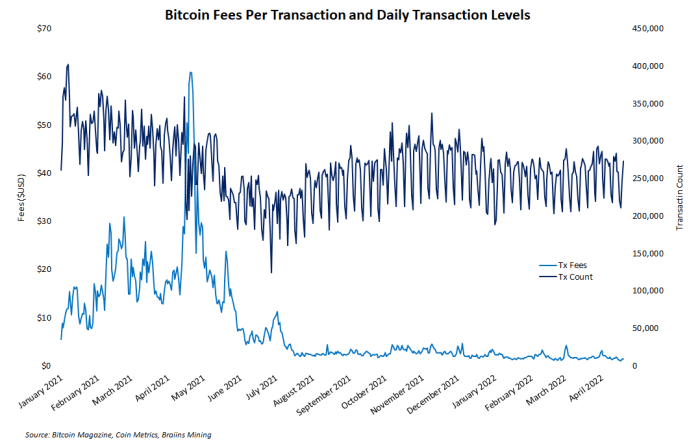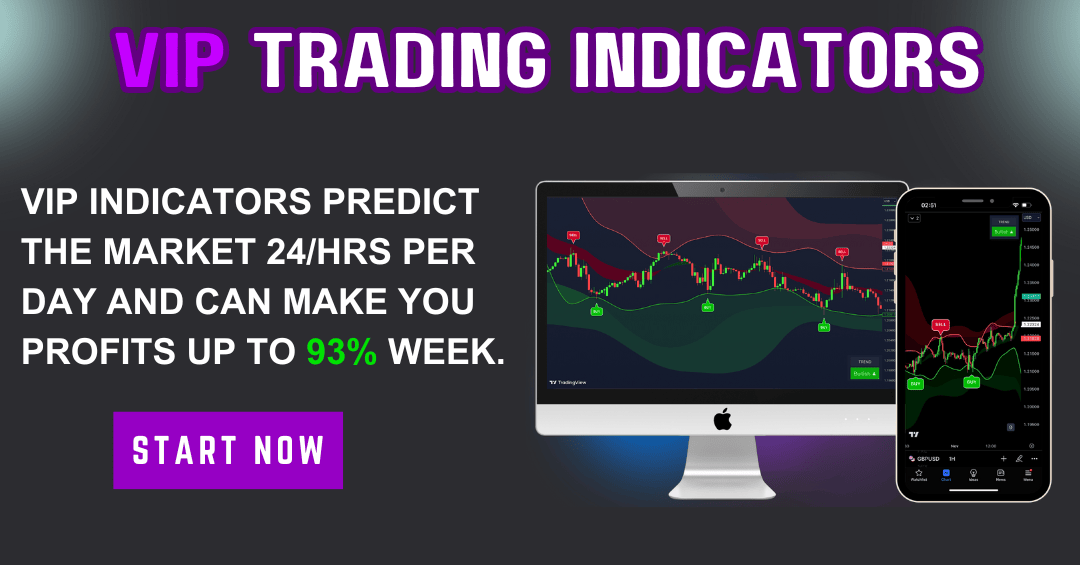The Ultimate 2025 Bitcoin Chart Guide: 5 Effective Tips to Boost Your Trading
Table of Contents
- Introduction to Bitcoin Charts in 2025
- 1. Understanding the Basics of the Bitcoin Chart
- 2. Analyzing Historical Trends on the Bitcoin Chart
- 3. Utilizing Technical Indicators Effectively
- 4. Recognizing Chart Patterns for Better Predictions
- 5. Combining Fundamental Analysis with the Bitcoin Chart
Introduction to Bitcoin Charts in 2025
The bitcoin chart remains one of the most vital tools for traders and investors in 2025. Whether you’re a seasoned trader or just starting out, understanding how to read and interpret these charts can make a significant difference in your trading success. The evolution of charting tools and data analytics in 2025 provides more precise insights than ever before, emphasizing the importance of mastering this skill.
In this guide, I will walk you through five essential tips that can help you leverage the bitcoin chart effectively. From understanding basic patterns to integrating fundamental analysis, these strategies will equip you with the tools needed to boost your trading performance this year.
1. Understanding the Basics of the Bitcoin Chart
What is a Bitcoin Chart?
A bitcoin chart is a graphical representation of the price movements of Bitcoin over a specific period. It displays data points such as opening, closing, high, and low prices, providing traders with an easy way to analyze market activity. In 2025, these charts include enhanced features like real-time updates and integration with social sentiment data.
Many traders start with basic candlestick or line charts, but advanced users explore more detailed visualizations, such as volume overlays and depth charts, to better understand market dynamics.
Types of Bitcoin Charts
The most common types of bitcoin charts include candlestick charts, line charts, and OHLC (Open, High, Low, Close) charts. Each type offers different insights: candlesticks are especially popular for their ability to display price action and momentum visually. Line charts are simpler but less detailed.
Choosing the right chart type depends on your trading style. Day traders might prefer candlestick charts for quick signals, while long-term investors might focus on weekly or monthly line charts to spot broader trends.
How to Read a Bitcoin Chart
Reading a bitcoin chart involves analyzing price candles, volume bars, and other indicators. Look for patterns such as bullish or bearish engulfing candles, hammer formations, or dojis. Paying attention to volume spikes can also confirm the strength of a trend.
In 2025, advanced charting platforms have started integrating AI-powered analysis, which can highlight key signals automatically, saving time and providing additional confidence in your decisions.
2. Analyzing Historical Trends on the Bitcoin Chart
Long-Term Price Movements
Understanding historical trends on the bitcoin chart helps traders anticipate future market behavior. By studying patterns over years, you can identify cyclical behaviors like bull runs and corrections. In 2025, the crypto market’s cycles have become more predictable due to improved data analytics.
For example, Bitcoin’s previous bull markets followed certain resurgences after correction phases, often tied to macroeconomic factors and institutional interest. Recognizing these patterns can help you time your entries and exits better.
Identifying Major Support and Resistance Levels
Support and resistance levels are key points on the bitcoin chart where prices tend to bounce or halt. Marking these levels on your chart provides visual cues for potential reversals or breakouts.
In 2025, tools like automated support/resistance detection algorithms make it easier to identify these critical zones accurately, enabling more precise trading decisions.
Historical Volume Analysis
Volume analysis reveals the strength behind price movements. Significant volume during upward moves suggests strong buyer interest, while high volume during declines can indicate panic selling or profit-taking.
Incorporating volume into your analysis provides a clearer picture of market sentiment. Platforms in 2025 now offer integrated volume heatmaps that help visualize these dynamics instantly.
3. Utilizing Technical Indicators Effectively
Popular Indicators in 2025
Technical indicators like RSI, MACD, Bollinger Bands, and Fibonacci retracements remain essential on the bitcoin chart. In 2025, these indicators are more customizable, providing traders with tailored insights suited to their strategies.
For example, RSI helps identify overbought or oversold conditions, while MACD signals momentum shifts. Combining multiple indicators can yield more reliable signals when trading Bitcoin.
How to Combine Indicators
Effective trading involves not just relying on a single indicator but blending several for confirmation. For instance, a bullish MACD crossover aligned with an oversold RSI can suggest a strong buy signal.
This complementary approach minimizes false signals and enhances confidence in your trades, especially during volatile periods typical in 2025 markets.
Real-World Application of Indicators in 2025
Many traders are now incorporating AI-driven indicator systems that automatically alert them to potential entry or exit points. This technology reduces emotional trading and improves consistency.
For example, using Fibonacci retracement levels combined with volume-weighted RSI can confirm trend continuation or reversal with higher accuracy.
4. Recognizing Chart Patterns for Better Predictions
Common Chart Patterns in 2025
Chart patterns such as head and shoulders, double tops/bottoms, triangles, and flags are critical signals on the bitcoin chart. Recognizing these in real-time can help traders anticipate either continuation or reversal of an existing trend.
In 2025, pattern recognition has been enhanced with AI tools that scan for specific formations automatically, reducing manual effort and increasing accuracy.
Interpreting Breakouts and False Breakouts
A breakout occurs when the price moves beyond a pattern’s boundary with high volume, signaling a potential trend change. False breakouts, however, can mislead traders.
Learning to verify breakouts with volume and other indicators is key to avoiding losses. In 2025, sophisticated algorithms help confirm genuine breakouts, offering traders a tactical edge.
Building a Pattern-Based Trading Strategy
Taking advantage of chart patterns involves patience and discipline. Establish clear criteria for entering trades once a pattern confirms, and set stop-loss levels just outside the pattern boundaries.
Consistent application of pattern recognition can improve your success rate, especially in fast-moving 2025 bitcoin markets.
5. Combining Fundamental Analysis with the Bitcoin Chart
The Role of News and Macro Events
Fundamental factors such as regulatory news, macroeconomic shifts, and technological developments heavily influence the bitcoin chart in 2025. Keeping abreast of such news enables better contextual analysis of price movements.
For example, federal reserve policies or major adoption announcements can cause swift chart moves, so integrating news feeds with your chart analysis provides a fuller picture.
Evaluating On-Chain Data and Metrics
On-chain data, such as transaction volume, active addresses, and miner activity, offers valuable insights. In 2025, analytical platforms now combine on-chain metrics with the bitcoin chart to present a comprehensive market view.
This combined approach allows traders to confirm signals from the chart with underlying network activity, increasing confidence in trading decisions.
Developing a Holistic Trading Strategy
Successful trading in 2025 isn’t just about reading the bitcoin chart but also understanding the broader fundamentals. Mix technical signals with fundamental insights to create a well-rounded strategy.
Practically, this could mean waiting for a technical breakout but only entering after confirming positive macro news or on-chain data strength.
FAQ About the Bitcoin Chart in 2025
1. What is the best way to start analyzing a bitcoin chart?
Begin with understanding basic candlestick or line charts, identify support and resistance levels, and familiarize yourself with key indicators like RSI and MACD. Practice with historical data to recognize patterns before trading with real funds.
2. How has bitcoin chart analysis evolved in 2025?
In 2025, the analysis has become more integrated with AI and machine learning tools, allowing for automated pattern recognition, predictive analytics, and real-time alerts, making it easier for traders to act swiftly and accurately.
3. Can I rely solely on a bitcoin chart for trading decisions?
While the bitcoin chart is vital, relying solely on it isn’t advisable. Combining technical analysis with fundamental insights, on-chain data, and market news offers a more comprehensive approach to trading in 2025.
4. What’s the most reliable indicator for trading Bitcoin in 2025?
There isn’t a single most reliable indicator. Instead, combining multiple indicatorsâsuch as RSI, MACD, and volumeâalongside pattern recognition and fundamental factors provides the best results.
5. How often should I review my bitcoin chart?
The frequency depends on your trading style. Day traders may review charts multiple times daily, while long-term investors might check weekly or monthly charts. Consistent review helps stay updated with market changes.
Conclusion
In 2025, mastering the bitcoin chart is more important than ever for successful trading. The key to boosting your results lies in understanding chart basics, analyzing historical and real-time patterns, leveraging advanced indicators, recognizing chart formations, and integrating fundamental insights. With continuous learning and the right tools, you’ll be well-placed to identify profitable opportunities and navigate the dynamic crypto market confidently. Remember, the bitcoin chart is your window into market sentiment and trend shiftsâuse it wisely to enhance your trading strategies this year.
Related Content
- BTC price focuses on $26K as Bitcoin traders brace for CPI volatility
- NFT collections take massive price hit in 2023: Nifty Newsletter, May 24–30
- A Macroeconomic Overview Using Chart Analysis
- Bitcoin price falls to $29.5K, but on-chain data reflects investors’ growing interest
- Bitcoin mining is becoming more environmentally friendly


